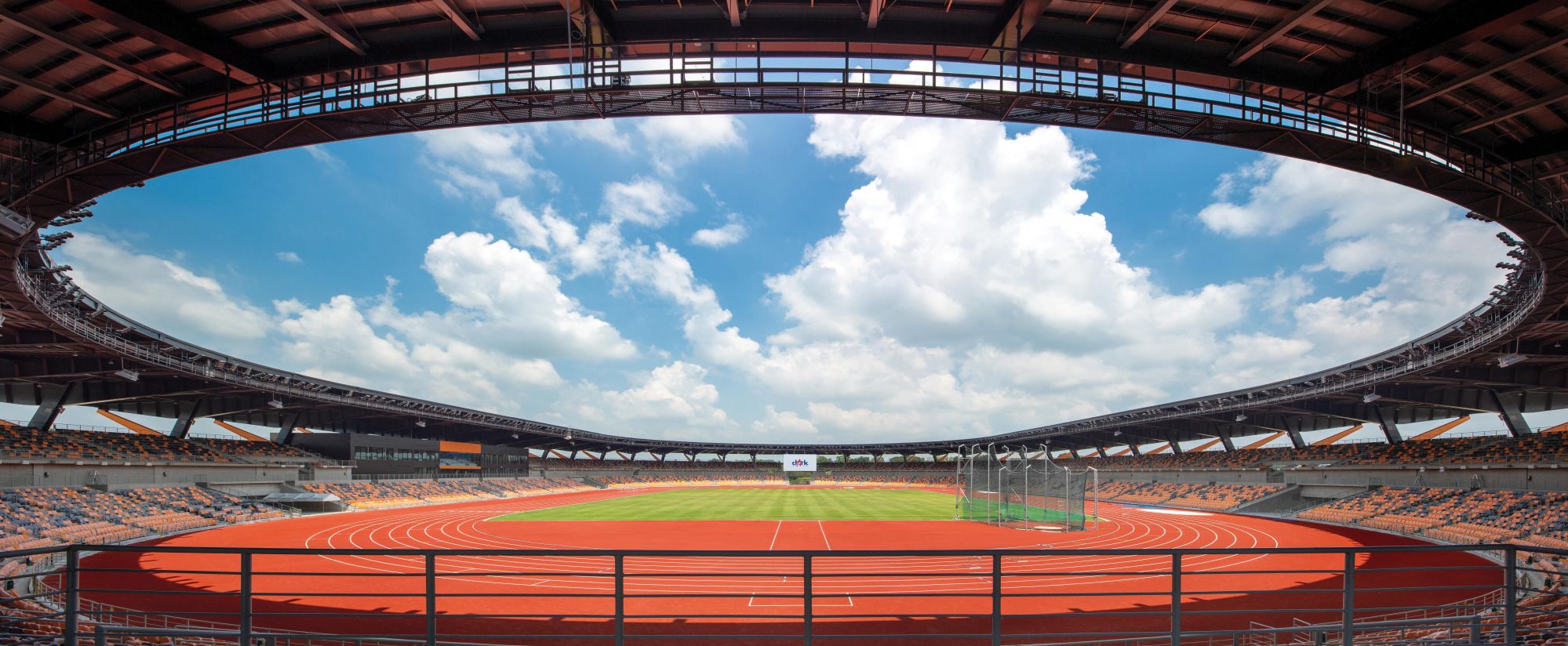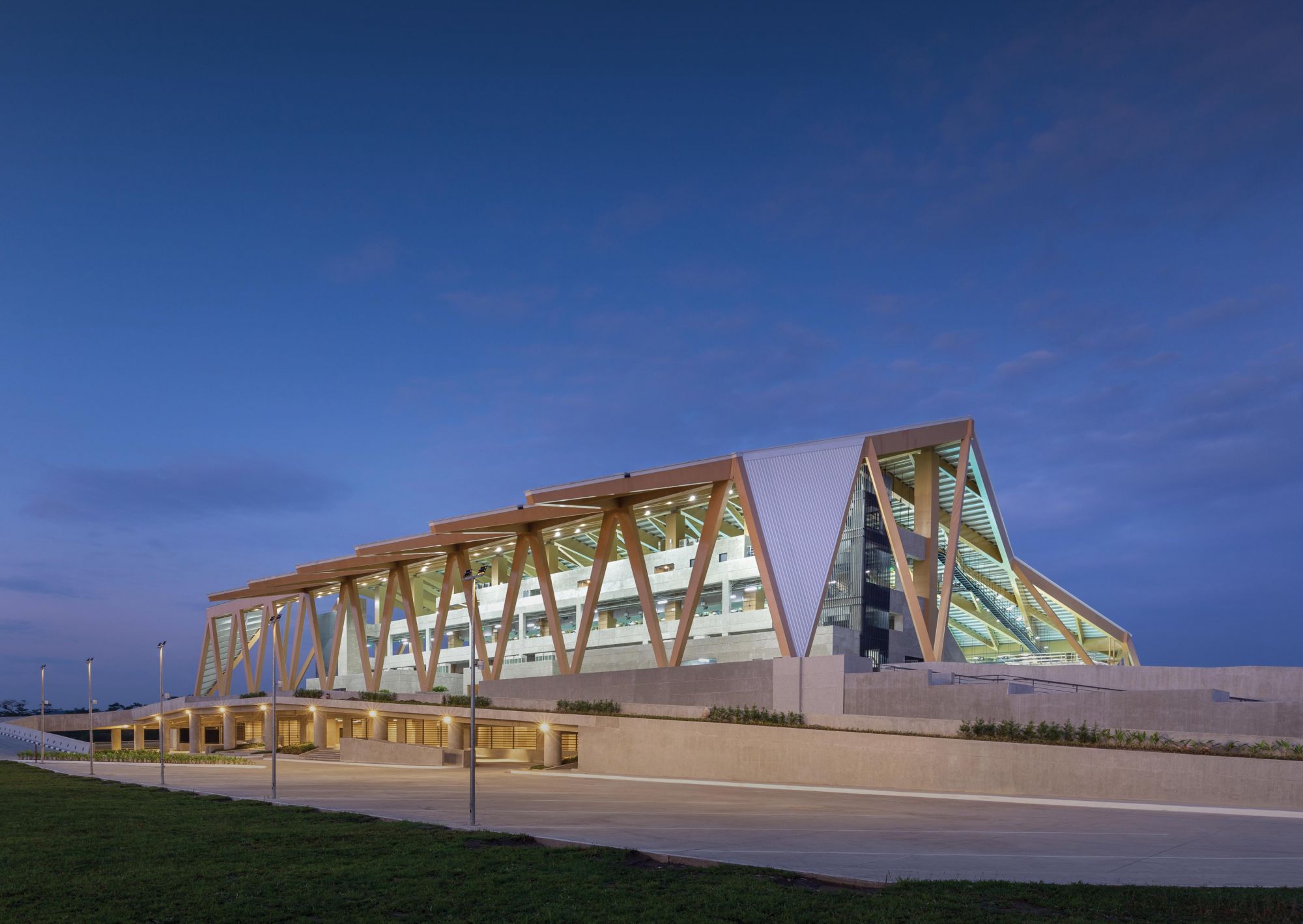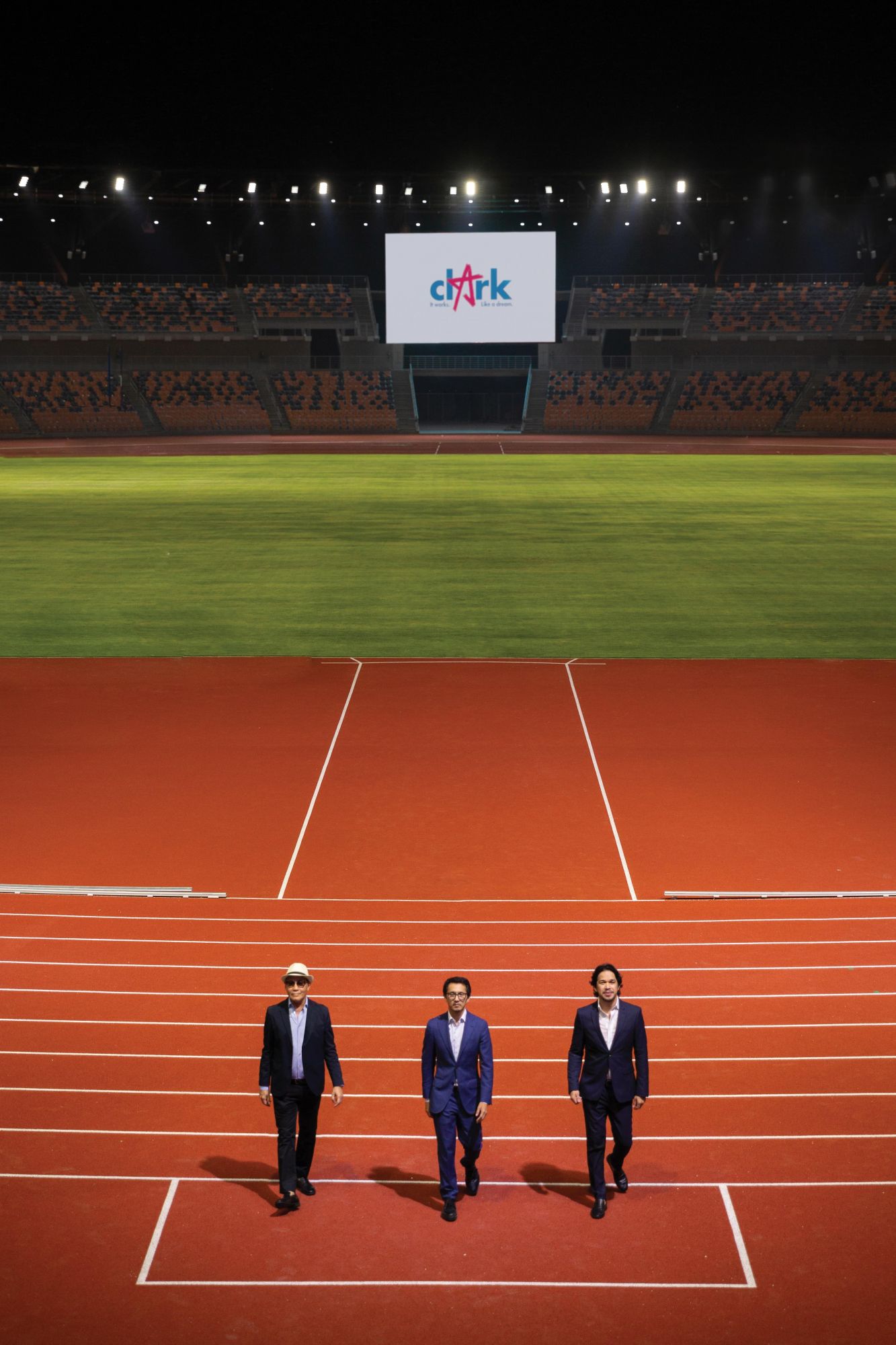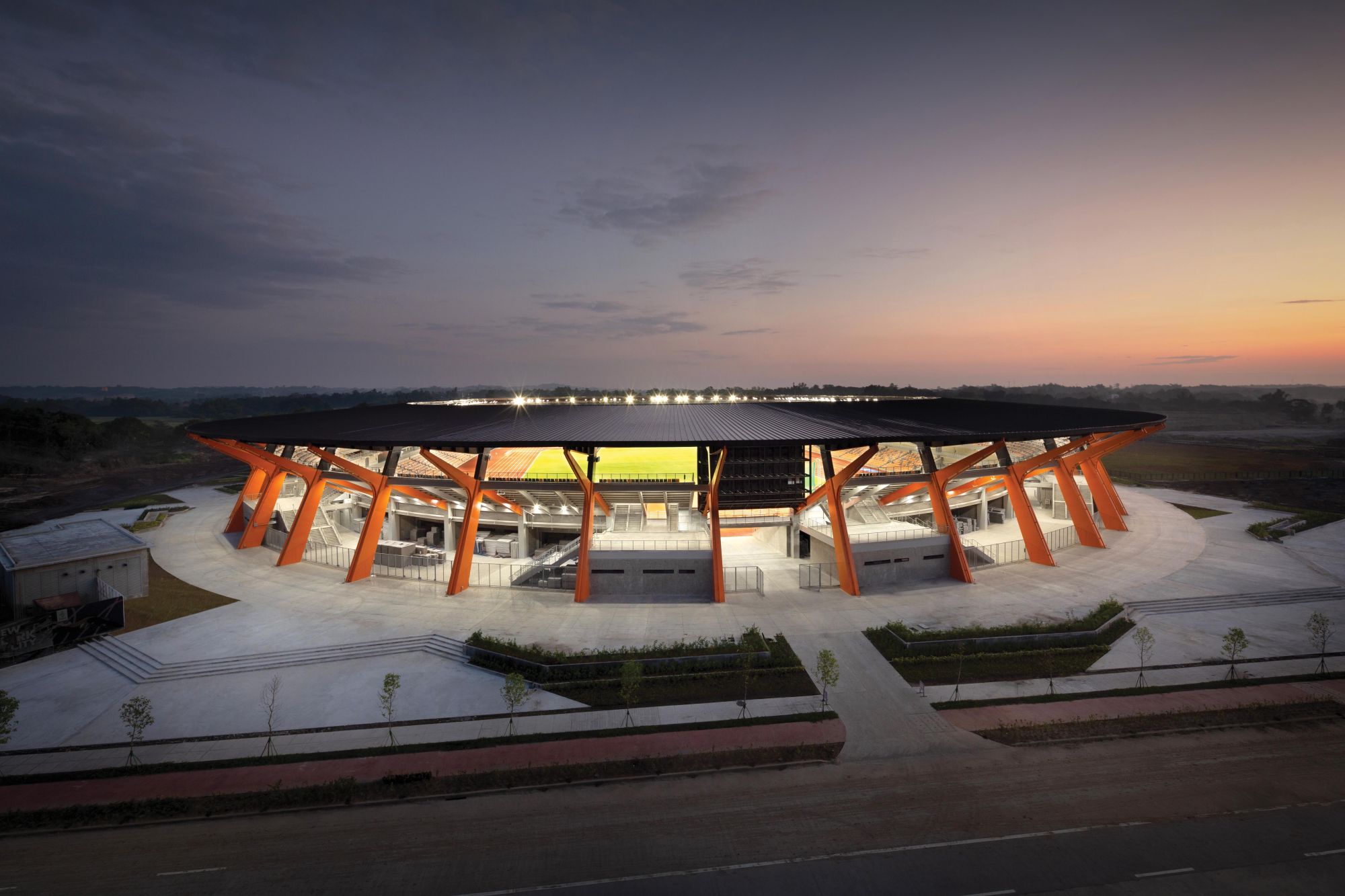It is a design marvel unlike anything the country—especially in the sports realm—has seen before. Budji Layug and Royal Pineda take Philippine architecture to the next level
It is a project of lofty proportions: the first smart, green, and resilient planned community in the Philippines, replete with residential, commercial, government, leisure, and sporting facilities, among others, built from the ground up. Spanning 9,450 hectares, New Clark City in Capas, Tarlac—not to be confused with the already existing Clark Freeport Zone or Clark Global City—is under the management of the Bases Conversion and Development Authority (BCDA), an agency under the Office of the President and one of the driving forces of the current administration’s “Build Build Build” infrastructure plan. Phase 1A of the construction includes the Aquatics Centre, Athletics Stadium, National Government Administrative Centre, Athletes’ Village, and River Park Corridor. Crucial to be completed on schedule were the sporting facilities, which are to serve as the main hub for the 2019 Southeast Asian (SEA) Games, slated to open on 30 November. Faced with an immovable deadline, BCDA President and CEO Vince Dizon knew he had to think fast.
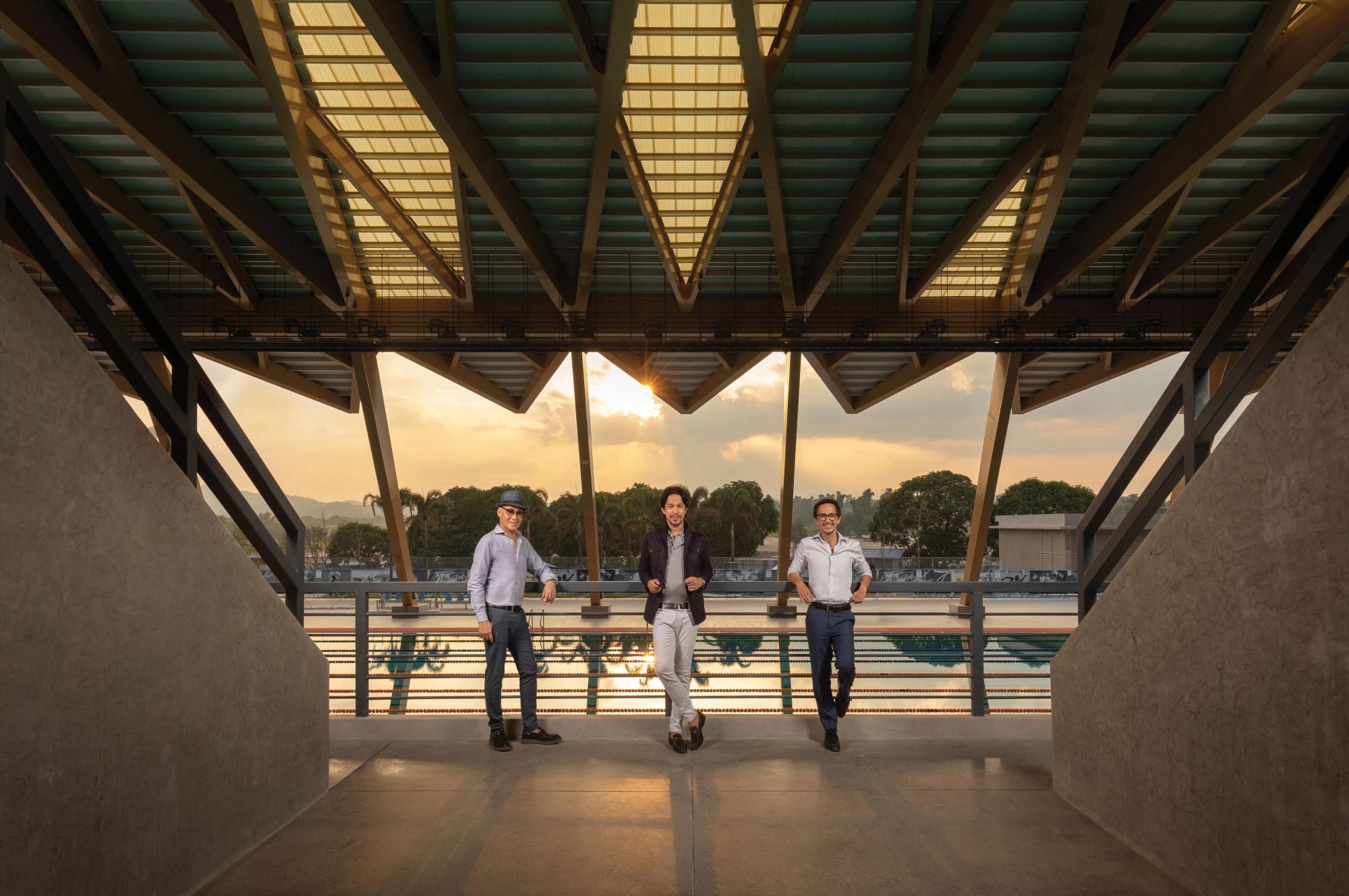
Negotiations and biddings kicked off in September 2017, with Malaysian infrastructure company AlloyMTD Group (MTD Philippines being its local arm) emerging as the partner developer for Phase 1A of the project. Groundbreaking took place on 28 January 2018, and construction began in March. Because they had to finish on time, work ran on a 24/7 schedule. At the peak of the construction period, they would have about 8,500 workers onsite, with over 300 hired from the Aeta communities.
“We had an opportunity to build something very special from scratch,” Dizon says. “Our vision for New Clark City is for it to be unlike anything we’ve ever seen before in the country. For that to happen, it needed to have a clear identity. Working with a foreign company, equipped with all the knowhow and the latest in technology, will guarantee a stunning finished project. But our consultants—who are foreigners—also agreed that the city had to represent us as a people.”

